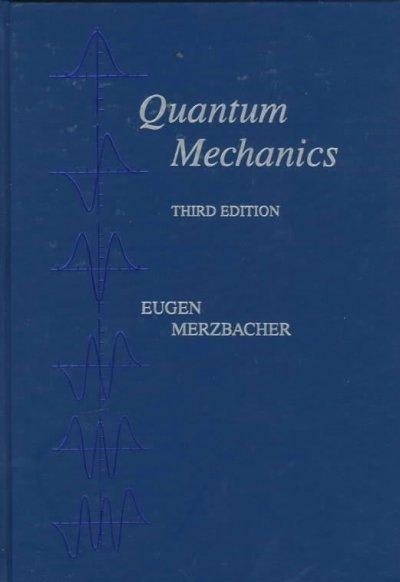Help with lab work. Link: https://phet.colorado.edu/en/simulations/circuit-construction-kit-dc The set up is tricky as the pieces are hard to link together and tend to stay linked. Set up steps: First practice connecting wires and then drag out another wire by connecting one end to the end of the first wire. It will be fixed in place however you can now drag the other end of the wire around. If you need to disconnect the wires right click on the junction between them and select split junction. You then have to grab one of the wire ends and drag it very carefully away as they have a tendency to reconnect spontaneously. Drag the battery out and orient it upright (black end up)Drag out a resistor. Use the wires to connect it to the battery making a complete circuit. Under tools options on the far right select "voltmeter"and "non contact ammeter"
2. Describe how the current you observe now is different from the current in Part 1. Use a ratio PART 1: Setting up a circuit and ohm's law for your comparison. 1. Connect the two probes of the voltmeter to the wires on either side of the resistor to measure Measure the voltage across, and the current through, each resistor. Always measure from the the voltage across it. What voltage do you measure (round off to two places after the decimal wire right next to each resistor. Enter your measurements below and discuss why they are oint)? the same (or different) for each resistor. V . Put the crosshairs on the On-contact ammeter over the wire right next to the resistor.' What 4. Use the equivalent resistance formula to find the equivalent resistance for these three current do you measure? resistors. Show your work, with units, in the space below. B. Use Ohm's Law to calculate the resistance of the resistor using the results from 9 and 10. Ren. series - Click on "Show Values" under "Visual" on the far right to confirm this is correct. R= Part II: Resistors in series 1. Connect three resistors in series with the battery. as shown in the figure below. You can build it by either clicking "Reset All" to clear everything and start from scratch, or you can add the new elements onto the circuit you have already built. Make all three resistors have The same value as the one you chose in Part 1. Physics 113, Spring 2019 Lab 3: PhET Resistors in circuits 5, Measure the voltage across all three resistors together (from one side of the first resistor to the other side of the third), and the current going into them. How do these total values compare to the individual V and I for cach resistor in question 47 2. Describe how the current you observe now is different from the current in Part 1. Use a ratio for your comparison. i, If we use Rea series ( from step 4) for R, do the results from question 6 fit with Olun's Law? Show your calculations below, with units. Part III: Resistors in parallel Connect three resistors in parallel with the battery, as shown in the figure below. You can built it by either Firling wes either clicking "Reset All" to clear everything and start from scratch, or you can rearrange the elements in the circuit you have already built. Part IV: Follow-up questions O If we have a box of a dozen resistors and want to connect them together in such a way that they offer the highest possible total resistance, how should we connect them? engineeringtoolbox.com Describe how the current you observe now is different from having a single resistor. Use a ratio for your comparison. If we now want to connect those same resistors together such that they have the lowest possible resistance, how should we connect them? 3. Measure the voltage across, and the current through, each resistor. (Remember to measure from the wire right next to each resistor. Be careful that the current you're measuring for a resistor is passing through or . Resistors in series have the same ! but split the below and discuss why they are the same (or different) for each resistor. 1. Use the equivalent resistance formula to find the equivalent resistance for these three I. Resistors in parallel have the same but split the resistors. Show your work below. La pulled Measure the voltage across all three resistors together and the current going into them (use points right after the current leaves the battery and right before it returns). How do these total values compare to the individual V and I for each resistor in question 4? 6. If we use Rem paand for R. do these two numbers fil with Ohm's Law? Show your work







